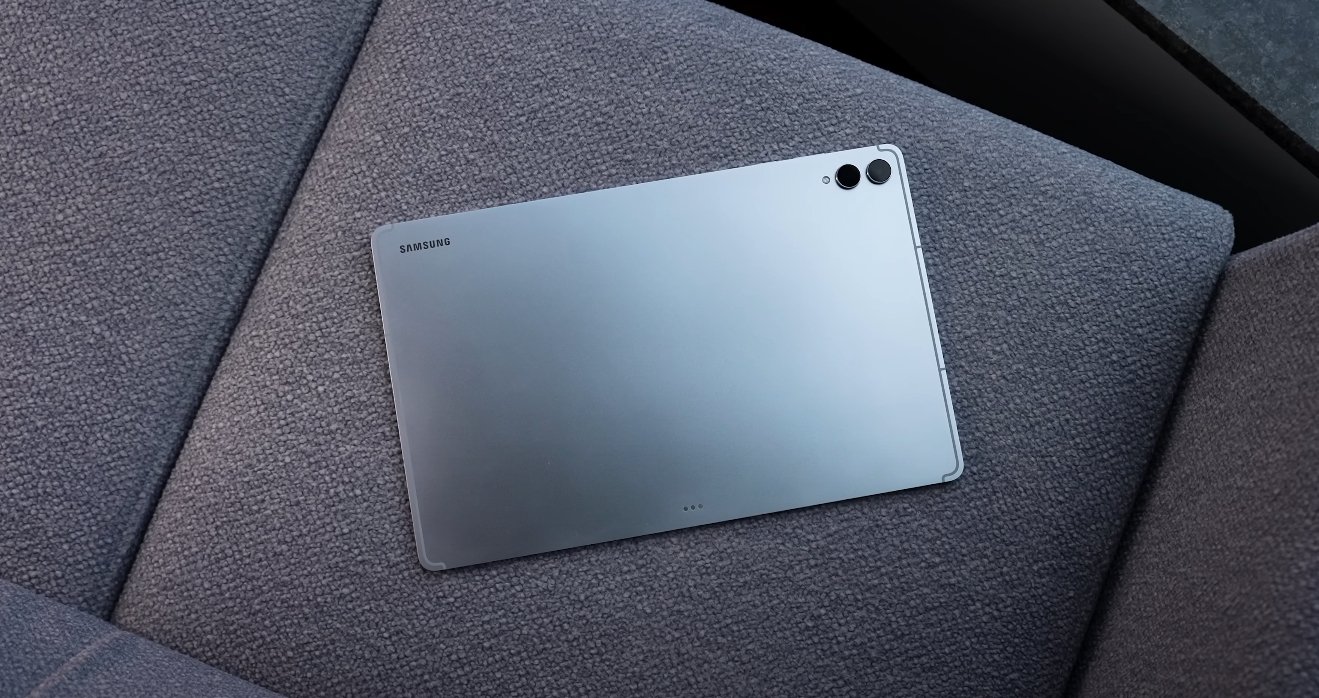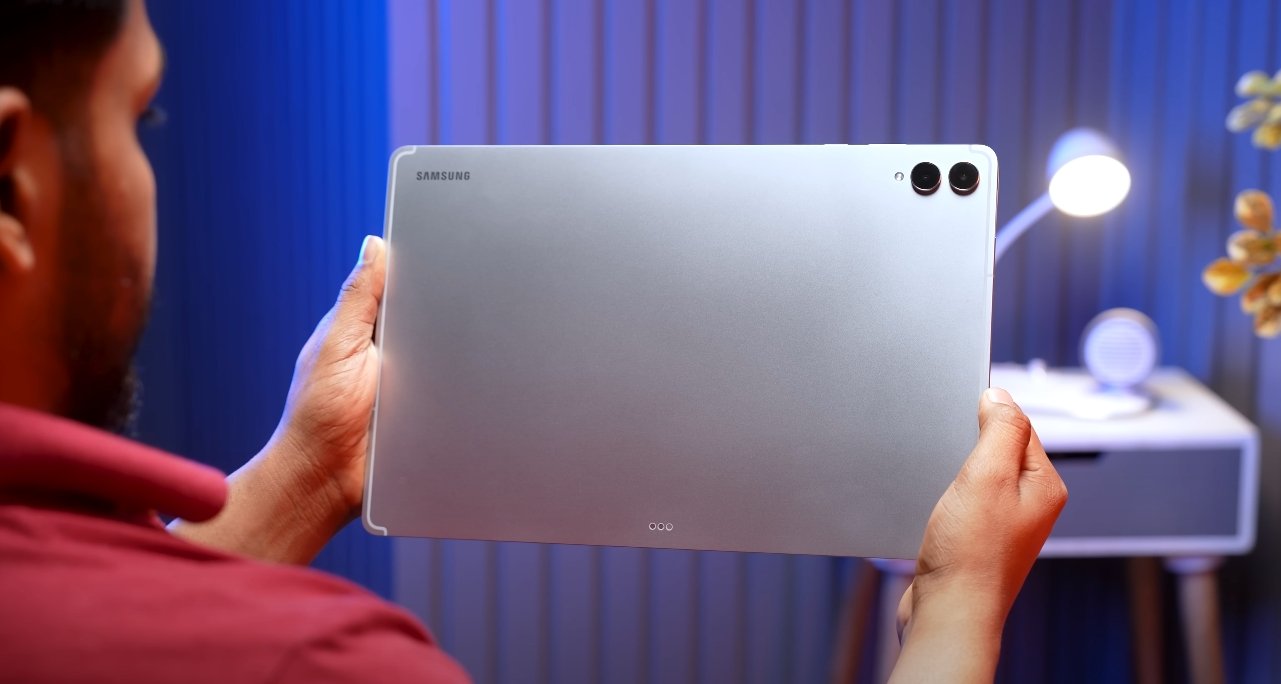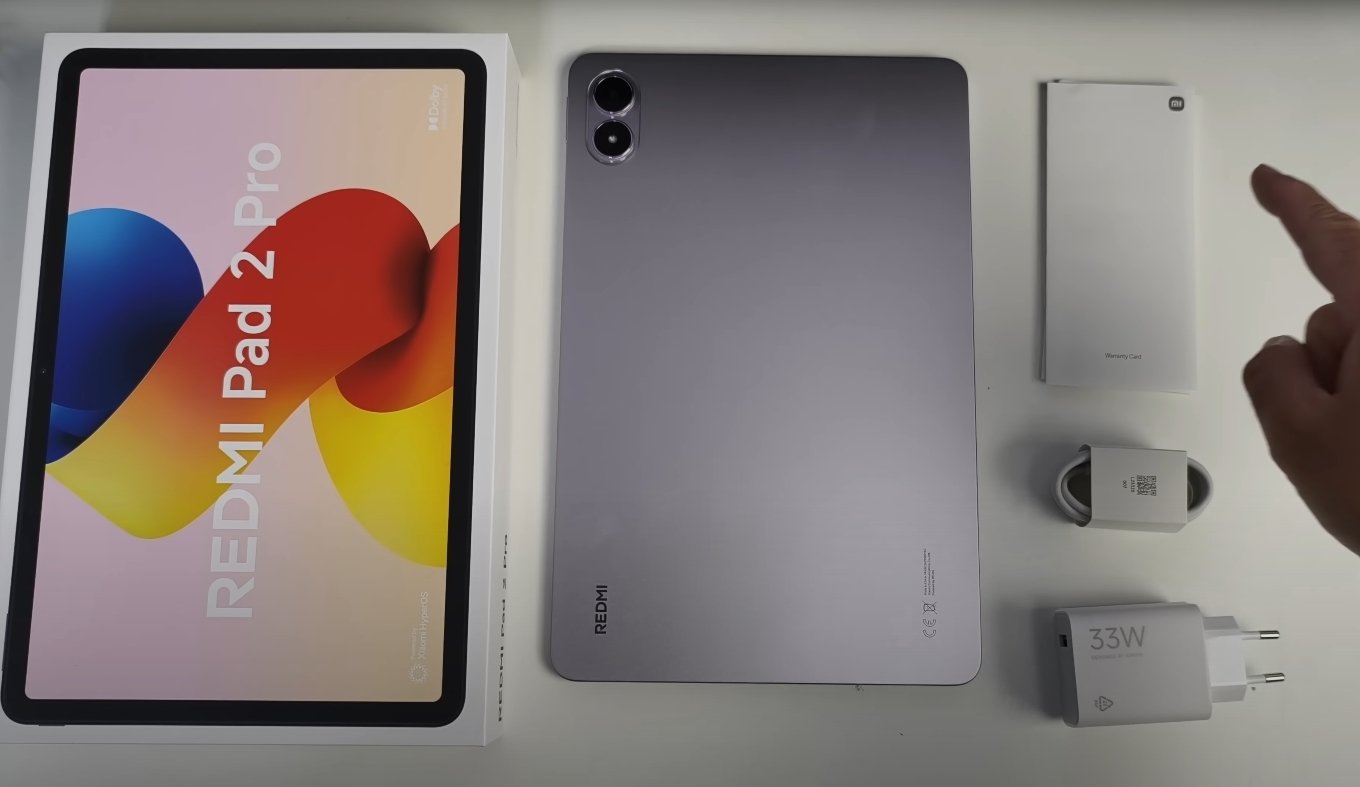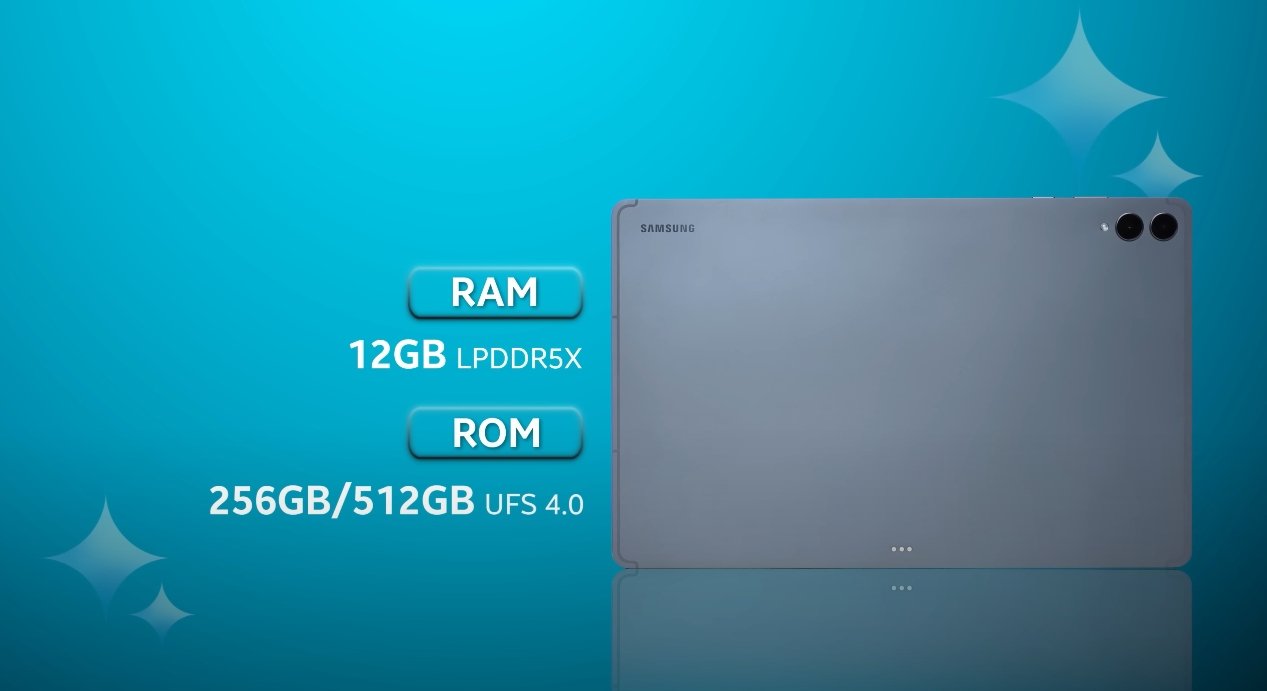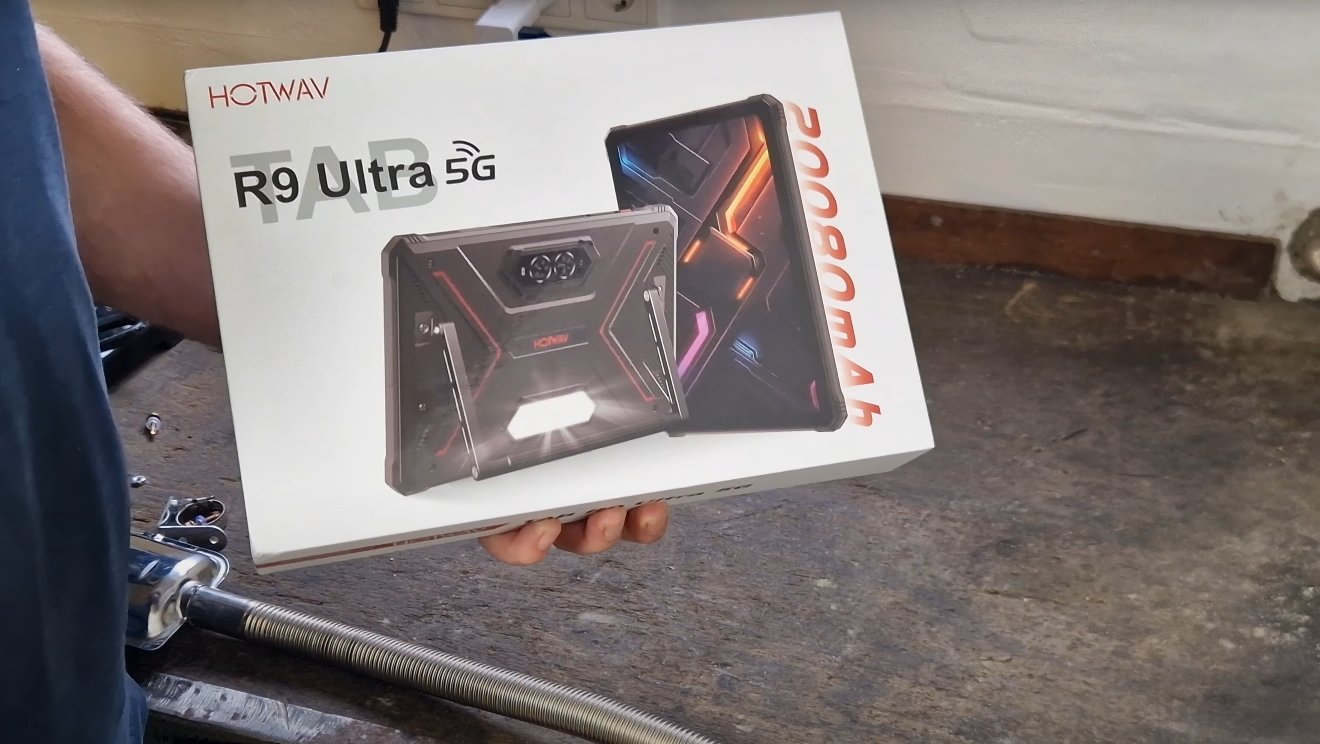Comparing Display Quality: Galaxy Tab S11 Ultra and Tab S10 Ultra
The Samsung Galaxy Tab S11 Ultra and Tab S10 Ultra are two of Samsung’s flagship tablets, both featuring 14.6-inch Dynamic AMOLED 2X displays with a resolution of 2960 x 1848 pixels and a 120Hz refresh rate. While the specifications appear similar on paper, testing and user experience reveal several key differences that impact brightness, color reproduction, and overall visual performance. Understanding these differences is important for users who prioritize display quality for productivity, content creation, and media consumption.
The Galaxy Tab S11 Ultra has been upgraded with higher peak brightness, reaching up to 1600 nits. This allows the tablet to maintain excellent visibility in bright environments, including outdoor use in direct sunlight. Enhanced brightness also contributes to better HDR performance, making videos, images, and graphic-intensive content more vibrant and immersive. Users testing the S11 Ultra reported richer color depth and improved contrast compared to previous models, which enhances the viewing experience for creative professionals and media enthusiasts.
The Tab S10 Ultra, while also featuring a 14.6-inch Dynamic AMOLED 2X panel, has a slightly lower peak brightness. However, it includes an anti-reflective coating that reduces glare and reflections, ensuring consistent visibility in different lighting conditions. This coating is particularly useful for users who frequently use the tablet outdoors or in bright indoor environments. While the display may not achieve the same maximum luminance as the S11 Ultra, it maintains color accuracy and clarity, offering a reliable viewing experience.
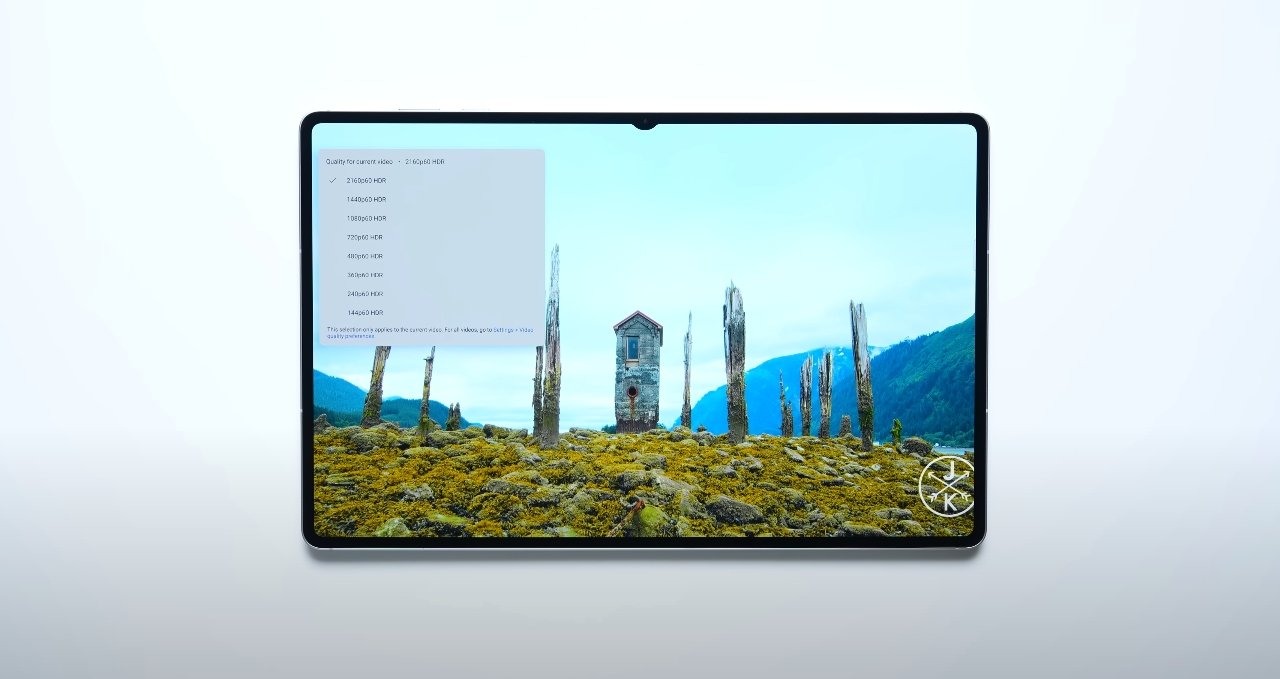
Color reproduction is another area where differences emerge. The Tab S11 Ultra benefits from Samsung’s latest display tuning, offering more vivid colors and enhanced saturation without oversaturation. This results in images and videos that appear more lifelike and visually appealing. The S10 Ultra, while still delivering high-quality colors, shows slightly muted tones in comparison. For tasks like photo editing, video color grading, or consuming HDR content, the S11 Ultra provides a more precise and immersive display.
Both tablets support a 120Hz refresh rate, ensuring smooth scrolling, fluid animations, and responsive touch interactions. This high refresh rate improves the overall experience when navigating the interface, playing games, or using creative apps. However, the S11 Ultra’s improved brightness and color calibration amplify the perception of fluidity, as images and motion appear sharper and more vibrant. Users performing multitasking or creative work on the S11 Ultra also benefit from the larger screen real estate combined with higher visual clarity.
Another consideration is the tablets’ suitability for professional use. The S11 Ultra’s enhanced display allows for more accurate representation of color and detail, making it ideal for designers, digital artists, and video editors. The S10 Ultra, while capable, may not offer the same level of precision in color-critical tasks, but it remains a strong option for general media consumption, note-taking, and productivity tasks where extreme brightness is less critical.
In addition, both tablets are equipped with the S Pen, which complements their high-resolution displays. On the S11 Ultra, the improved brightness and color accuracy enhance pen-based workflows, allowing creators to see fine details and work with precise strokes. On the S10 Ultra, the S Pen experience remains excellent, but the slightly lower brightness and color saturation may affect how vivid the content appears during detailed creative work.
In conclusion, the Samsung Galaxy Tab S11 Ultra and Tab S10 Ultra both offer outstanding display quality, with each excelling in specific areas. The S11 Ultra’s higher peak brightness, improved HDR performance, and enhanced color reproduction make it the superior choice for users seeking an immersive and precise visual experience. Meanwhile, the S10 Ultra’s anti-reflective coating and consistent color accuracy ensure reliable visibility across different environments. Users deciding between the two should consider their primary use cases, whether it is content creation, media consumption, or general productivity, as this will determine which tablet display best meets their needs.
Also Read: Xiaomi Pad Mini customizable widgets for user convenience


